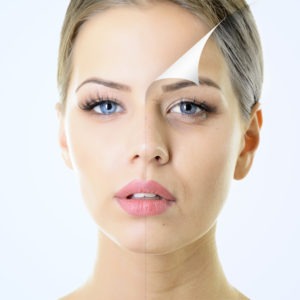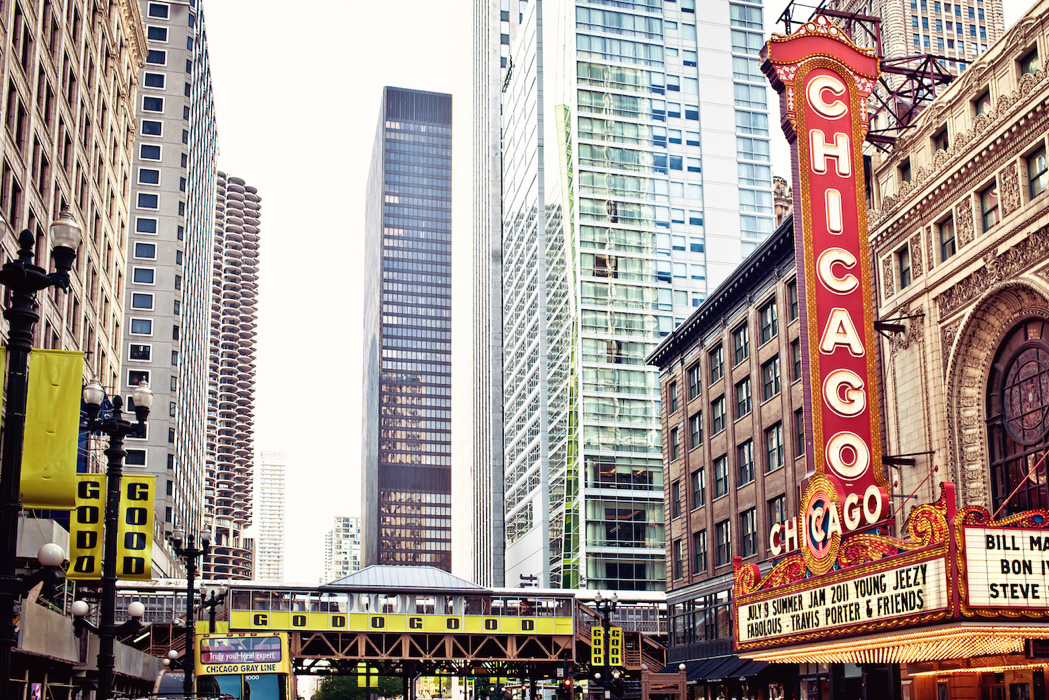 Considering a chemical peel can be both exciting and daunting, especially if you’re not sure what to expect during the recovery process. Chemical peels offer transformative results, revealing fresher, smoother, and more radiant skin. However, understanding the healing timeline and how to care for your skin post-treatment is crucial to achieving optimal results. In this blog post, we’ll guide you through what to expect after a chemical peel, from immediate effects to the moment you can flaunt your rejuvenated skin with confidence. Motykie Med Spa, led by board certified plastic surgeon Dr. Gary Motykie, provides chemical peels to patients in Beverly Hills, West Hollywood, Los Angeles, and surrounding communities.
Considering a chemical peel can be both exciting and daunting, especially if you’re not sure what to expect during the recovery process. Chemical peels offer transformative results, revealing fresher, smoother, and more radiant skin. However, understanding the healing timeline and how to care for your skin post-treatment is crucial to achieving optimal results. In this blog post, we’ll guide you through what to expect after a chemical peel, from immediate effects to the moment you can flaunt your rejuvenated skin with confidence. Motykie Med Spa, led by board certified plastic surgeon Dr. Gary Motykie, provides chemical peels to patients in Beverly Hills, West Hollywood, Los Angeles, and surrounding communities.
Immediate Post-Peel Effects
Following a chemical peel, your skin will likely exhibit some immediate reactions that are entirely normal. You might find that your skin feels quite tight and has a noticeable redness, resembling the effects of a sunburn. These initial changes are indicators that the chemical peel is actively working to exfoliate your skin. Depending on the type and depth of the peel, additional symptoms like swelling can occur, especially around sensitive areas such as the eyes.
In the hours following the procedure, it’s not uncommon to experience a sensation of warmth or tingling on the treated area. This is a temporary side effect and typically subsides within a day or two. Your skin may also appear slightly shiny as it starts the process of regeneration.
Pain levels are generally minimal and manageable; however, over-the-counter pain relief can be used if necessary. Avoid strenuous activities that may cause excessive sweating, as this can irritate the freshly treated skin.
It’s crucial to adhere strictly to the aftercare guidelines provided by your dermatologist to ensure proper healing. They may advise using specific post-treatment products, such as gentle cleansers and hydrating serums, to help soothe and protect your skin during this vulnerable period. Avoid using harsh skincare products, including retinoids or alpha hydroxy acids, as these can further irritate your skin.
Keep in mind that the initial tightness and redness are just the first steps in the chemical peel’s journey to reveal fresher, healthier skin. Understanding these immediate effects can help you better prepare for the days ahead, making the recovery process smoother and more predictable.
Managing Peeling and Flaking
A few days after your chemical peel, you’ll start to notice your skin peeling and flaking. This is a completely natural part of the exfoliation process, as the damaged outer layer of skin sheds to reveal the healthier skin beneath. It’s crucial to resist the temptation to pick or pull at the peeling skin, as this can lead to scarring or infection. Instead, let the skin slough off naturally.
To manage the dryness and support the healing process, keep your skin well-moisturized. Your dermatologist will likely recommend a gentle, fragrance-free moisturizer to help soothe your skin without causing irritation. Applying moisturizer several times a day can help minimize discomfort and keep your skin hydrated. Additionally, using a cool mist humidifier in your home can add moisture to the air, helping to prevent excessive dryness.
Avoid using abrasive scrubs or exfoliants during this period, as these can further irritate your sensitive skin. Stick to a gentle skincare routine, focusing on hydrating and calming products. If your skin becomes excessively dry or uncomfortable, consult your dermatologist for additional recommendations.
It’s also advisable to avoid makeup while your skin is peeling. Makeup can clog pores and potentially irritate your skin, prolonging the healing process. If you must wear makeup, opt for mineral-based products that are less likely to cause irritation.
Remember, peeling and flaking are temporary phases that indicate your skin is healing and regenerating. Following your dermatologist’s aftercare instructions and being patient during this process will help ensure the best possible outcome from your chemical peel.
Importance of Sun Protection
After a chemical peel, your skin is more susceptible to damage from UV rays, making diligent sun protection an absolute necessity. Failing to protect your skin from the sun can lead to complications like hyperpigmentation and can diminish the positive results of your treatment. Therefore, applying a broad-spectrum sunscreen with a minimum SPF of 30 should be a non-negotiable part of your daily skincare routine. Look for a sunscreen that is formulated for sensitive skin and free of potential irritants to ensure that it does not cause additional redness or discomfort.
In addition to using sunscreen, consider incorporating physical barriers to sun exposure. Wearing a wide-brimmed hat and UV-protective sunglasses can provide an extra layer of defense against harmful rays. Long-sleeved clothing and staying in the shade during peak sunlight hours, typically between 10 a.m. and 4 p.m., can further safeguard your healing skin.
Make sure to reapply sunscreen every two hours, or more frequently if you’re swimming or sweating. It’s also beneficial to choose a sunscreen with moisturizing properties to help combat the dryness and tightness often experienced during the recovery phase. Many modern formulations offer additional skin-soothing ingredients like hyaluronic acid and ceramides, which can be particularly helpful for post-peel skin.
Your commitment to sun protection should extend beyond the initial recovery period. Long-term care will help maintain the benefits of your chemical peel and protect your skin from future damage. Using sunscreen daily and following sun safety practices are habits that will benefit your skin health in the long run.
Dealing with Dryness and Tightness
During the recovery phase, it’s common for your skin to feel drier and tighter than usual. This is a normal reaction as your skin adjusts to the new, underlying layer revealed by the chemical peel. To alleviate these sensations, prioritize keeping your skin well-hydrated. Opt for a gentle, fragrance-free moisturizer designed for sensitive skin. Applying moisturizer multiple times throughout the day can help maintain hydration and comfort.
In addition to topical hydration, make sure to drink plenty of water to support your skin’s moisture levels from within. A cool mist humidifier can also be beneficial, especially in dry climates or during winter months, as it adds moisture to the air and helps prevent your skin from becoming too dry.
Avoid using any products that contain harsh chemicals, alcohol, or fragrances, as these can exacerbate dryness and tightness. Stick to a skincare routine that focuses on hydration and soothing ingredients. Products containing hyaluronic acid, glycerin, and ceramides can be particularly helpful in retaining moisture and enhancing the skin’s barrier function.
If you experience extreme tightness or discomfort, consult your dermatologist. They may recommend additional soothing treatments or prescribe a richer, more emollient cream to address severe dryness. It’s essential to follow their advice and avoid self-medicating with over-the-counter products that may not be suitable for your sensitive post-peel skin.
Finally, consider incorporating a gentle, hydrating mask into your routine once or twice a week. This can provide an extra boost of moisture and relief from tightness, promoting a more comfortable recovery process.
Recognizing Signs of Infection
While rare, infections can occur after a chemical peel, so it’s crucial to be aware of the signs. Pay attention to any unusual changes in your skin’s appearance and sensation. Severe redness that doesn’t subside, increased swelling, or the presence of pus are red flags that something might be wrong. Another indicator is if your skin becomes significantly more painful over time instead of gradually improving.
It’s also essential to monitor for systemic symptoms such as fever or chills, as these can be signs that the infection is spreading beyond the treated area.
If you notice any of these symptoms, it’s important to act quickly. Contact your dermatologist right away to discuss your concerns. Early detection and treatment can prevent the infection from worsening and help ensure a smoother recovery. Your dermatologist may prescribe antibiotics or other medications to address the infection and mitigate any potential complications.
It’s better to be cautious and seek professional advice if you suspect an infection rather than attempting to self-treat or ignoring the symptoms. Keeping an eye on your skin and knowing what to look for can make a significant difference in your recovery experience after a chemical peel.
When to Expect Full Results
While initial improvements from a chemical peel can often be seen once the peeling phase concludes, achieving the full benefits takes a bit longer. Typically, it can take anywhere from a few weeks to a couple of months for the complete results to manifest. This extended timeline is due to the deeper layers of your skin continuing to heal and regenerate even after the surface peeling has ceased.
During this period, you might notice gradual improvements in skin texture, tone, and overall radiance. Fine lines and wrinkles may appear less pronounced, and areas of hyperpigmentation could start to fade. It’s also common for the skin to feel smoother and more supple as the healing process unfolds.
To ensure the best possible outcome, it’s important to maintain a consistent skincare routine that focuses on hydration and sun protection. Regular follow-up appointments with your dermatologist can help monitor your skin’s progress and address any concerns or additional treatments needed to optimize results.
Remember that the full transformation is a gradual process, and patience is crucial. By adhering to post-peel care instructions and protecting your skin from the sun, you’ll set the stage for achieving and maintaining the rejuvenated, radiant complexion you’re aiming for.
For More Information on Non-Surgical & Anti-Aging Treatments Contact Motykie Med Spa
Click here for Virtual Consultation
Click Here to Schedule an In Office Appointment
To see more services and treatments provided by Board Certified Plastic Surgeon, Dr. Motykie in Beverly Hills | Los Angeles | West Hollywood, CA | Chicago | Barrington, IL and his team please visit:






